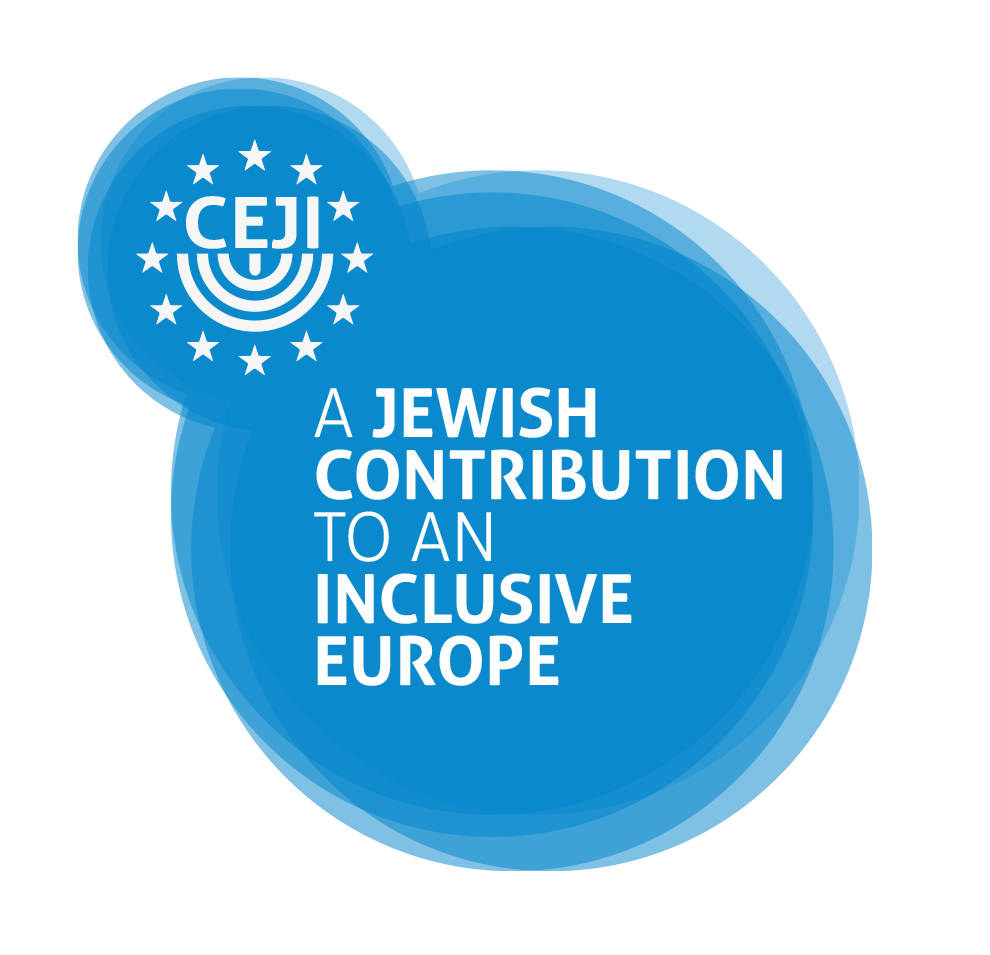How to mitigate bias when reading the news?
12/10/2023
Our world now faces great risks from misinformation, disinformation, propaganda and conspiracy theories which circulate online and offline. This is dangerous because news and social media headlines can feed bias and prejudice, sometimes also hatred, and these contribute to an escalation of hate speech, violent crimes and extremist radicalization. In addition, hostile environments can lead to serious consequences on mental health and peoples’ motivation to engage in community life. CEJI recalls our mission of an inclusive and democratic Europe and calls on everyone to do their utmost to ensure inclusive environments with no place for hate.
Here you will find a few simple tips to reduce the impact of bias on the way you consume and circulate the news of the day.
1. Read between the adjectives
You know the expression, “read between the lines”? Well, next time you look at the headlines, notice what adjectives are used and put them aside in your mind to pick out the facts from the sentence. The term used to describe the “gunman” and “the victims” can trigger unconscious bias leading to prejudice and possibly worse.
2. Press the pause button on your mind’s automatic pilot
Before your unconscious mind sorts out this new headline, image, cartoon, conversation (or whatever) into the “confirmation bias” folder of your brain for future decisions, ask yourself two questions:
“Does this trigger me emotionally, and if so, how?”
“What emotional reaction is this source trying to evoke?”
“What is my pre-conceived opinion about this situation? How does what I see/read confirm or counter my prejudices about the people concerned?”
3. Check the source and the facts
What is the source and what is its normative bias? Is there a cultural, regional or political bias already well-established? Is it known for credible, fact-checked information? Does the source make use of stereotypes or sensationalism? Is it trying to inflame passions and polarization? If you’re not sure… go beyond your bubble to expand your understanding (see point 4).
4. Go beyond your bubble
Check another source (or more) for additional information or other perspectives.
If you like getting the facts straight, or you like getting the “full picture” (as much as possible), take the time to check another source. You might even sometimes challenge yourself to look at what those you disagree with are saying.
5. Ask yourself, why do I care?
There are some world events that affect some people more than others and it is worthwhile to know – what is driving you to care? What are you motivated “for” and what are you motivated “against”? Let your reason for caring guide you to further learning and literacy so you can engage in healthy conversations and constructive actions.
6. Words to avoid: “Always”, “Never”, “Us” and “Them”
Broad generalizations can reinforce in-group/out-group mental associations and contribute to the escalation of prejudice and polarization.
7. Humanize, not dehumanize
De-humanization is a common technique used to stir up hate, so in response, remember to honour the humanity and dignity of all the people who are affected or concerned.
8. Act in your spheres of influence
If you care enough to learn more and you want to do something constructive, consider your objectives and consider your spheres of influence: family, friends, workplace, community, etc. How does or could this situation affect your spheres of influence and what role can you play to prevent or respond to harmful repercussions?
9. Dialogue or Healthy Debate?
Find and create safe spaces to share concerns, debate opinions and find helpful ways forward.
10. Vote!
Democracy is fragile and our world is interconnected. Fulfil your citizenship responsibilities and make your views count. Vote wherever you can vote – locally, nationally or in European Parliament elections (2024).
To stay updated with our latest news, connect with us on Instagram, Facebook, and LinkedIn.



